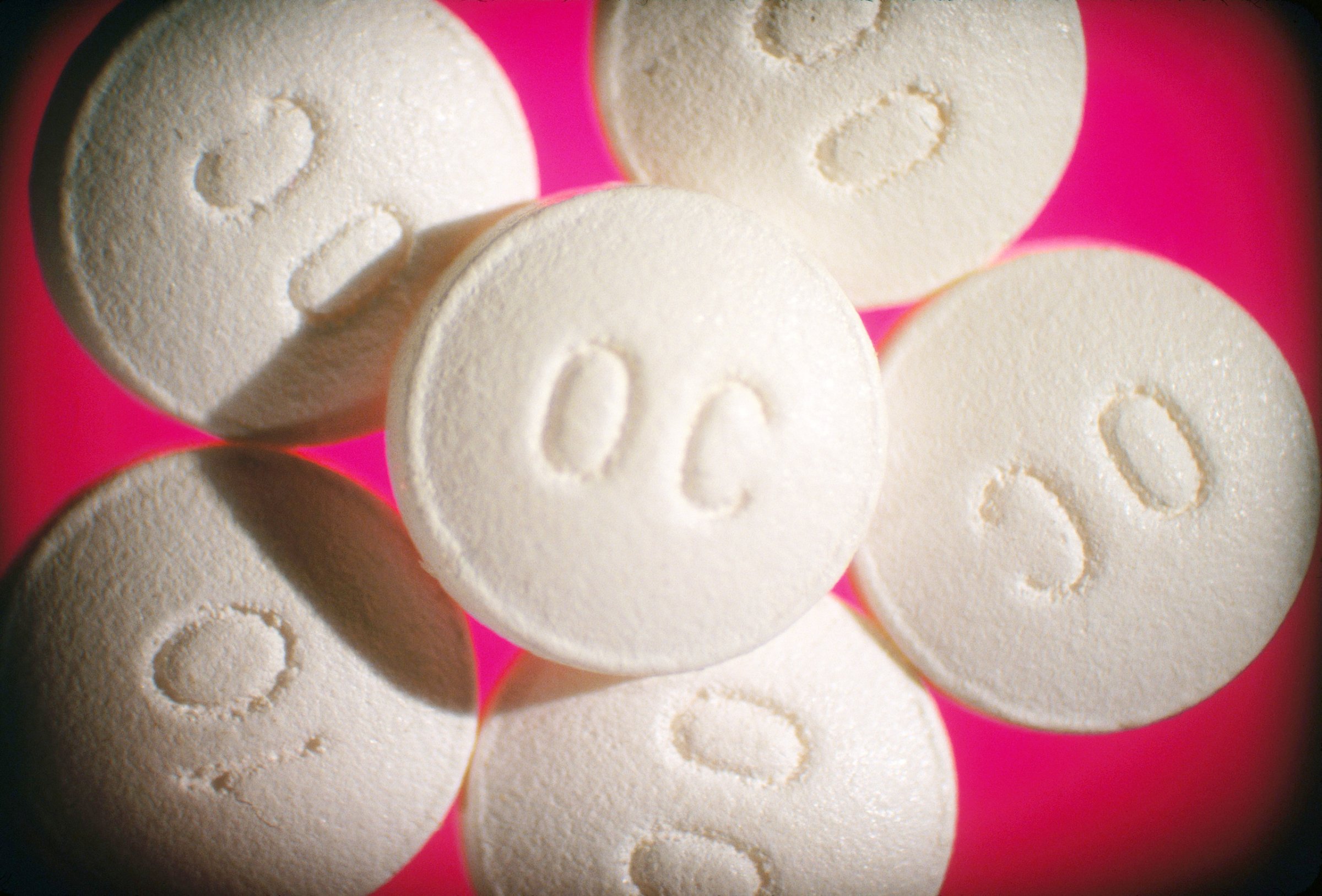
The toll opiates are taking on the U.S. population is growing uncomfortably familiar, and causing enough harm that opioid abuse has prompted the Obama Administration to launch a campaign to address the problem and investigate ways to reverse the trend. While the opioid epidemic is certainly driven by illicit drugs such as heroin, the bigger problem is abuse of prescription opiates and the rampant over prescription of the addictive drugs for pain.
Given the ubiquity of prescription painkillers in U.S. households — the Centers for Disease Control predicts that 260 million prescriptions are written for the drugs every year, which is enough to put a bottle in nearly every home — Julie Gaither, a post doctoral fellow at Yale University School of Medicine, and her colleagues wanted to learn more about how young children are affected by the more easily accessible medications.
They studied 13,052 hospital records of children aged 1 to 19 years who were hospitalized for opioid poisoning between 1997 and 2012. During that time, the rate of opioid hospitalizations jumped 165% among children, with the largest spike among the youngest, a 205% increase for those aged one to four.
“We were surprised by the findings for the one to four year olds,” says Gaither, who published her findings in JAMA Pediatrics.
The surge suggests that children of all ages have more access to opioid drugs, which means that accidental ingestion and overdose are also more common. For older children in their teens, the rates of suicide attempts and attempts at self-harm remain higher than accidental poisonings, but the rate of accidental poisonings increased at a faster clip than that of suicides, indicating that the availability of the drugs may be leading to more accidental ingestion among older kids as well.
Among teens, the suicide and self-harm attempts remain the primary reason for opioid poisoning, suggesting that another problem might not be getting as much attention — that of depression and mental illness among young children. “Research shows that teens will self-medicate for depression with prescription opioids,” says Gaither.
The study also found disturbing evidence that as regulations make it harder to obtain prescription opiates, teens may be turning to heroin. Rates of hospitalizations for heroin have increased among adolescents aged 15 to 19 by 161%. Heroin is both cheaper than opioids and, in some cities, easier to purchase than a prescription opioid.
“What I hope is that people realize the opioid crisis affects everyone,” says Gaither. “Children make up a quarter of the U,S population, and we need to pay better attention to them when it comes to the opiates by limited their exposure to them.” For young children as well as teens, simply keeping the drugs out of reach can go a long way toward reducing poisoning, she says. “A lot of the solutions and interventions needed to address the opioid crisis are complex. But limiting exposure for children doesn’t have to be. We need to realize the opioid crisis is affecting us all, throughout the lifespan, from neonates through the elderly.”
More Must-Reads from TIME
- Donald Trump Is TIME's 2024 Person of the Year
- Why We Chose Trump as Person of the Year
- Is Intermittent Fasting Good or Bad for You?
- The 100 Must-Read Books of 2024
- The 20 Best Christmas TV Episodes
- Column: If Optimism Feels Ridiculous Now, Try Hope
- The Future of Climate Action Is Trade Policy
- Merle Bombardieri Is Helping People Make the Baby Decision
Contact us at letters@time.com